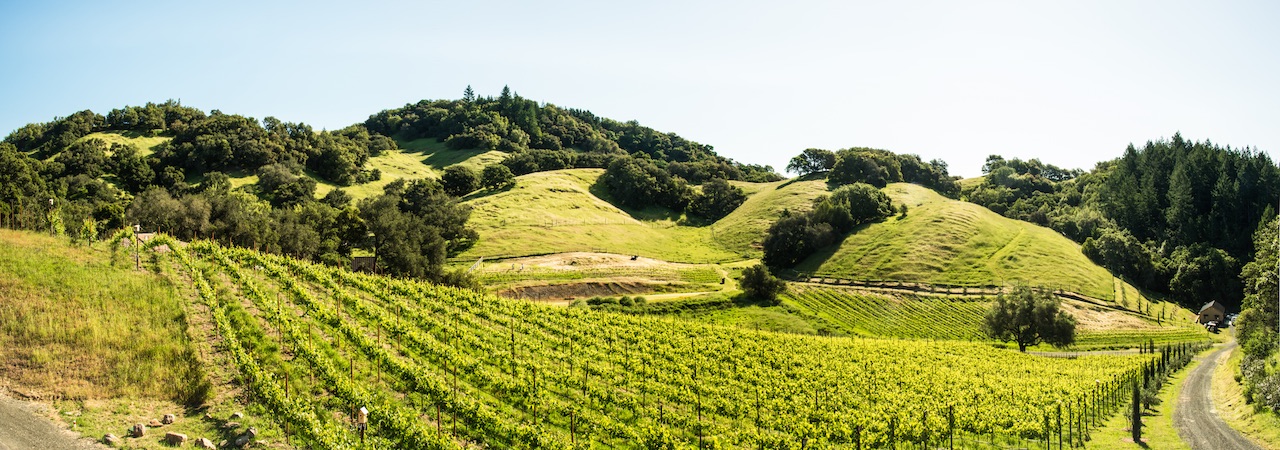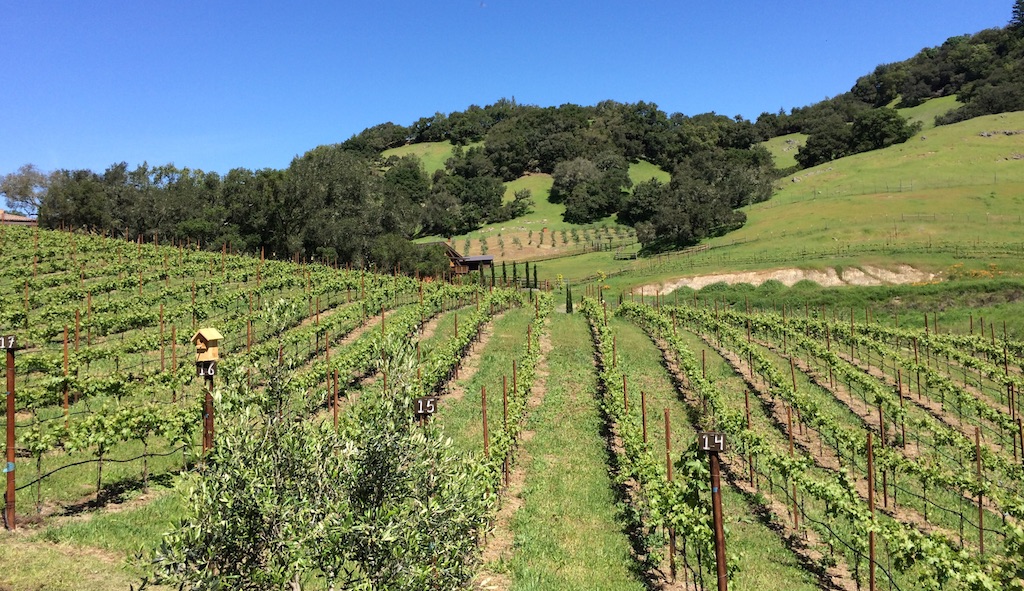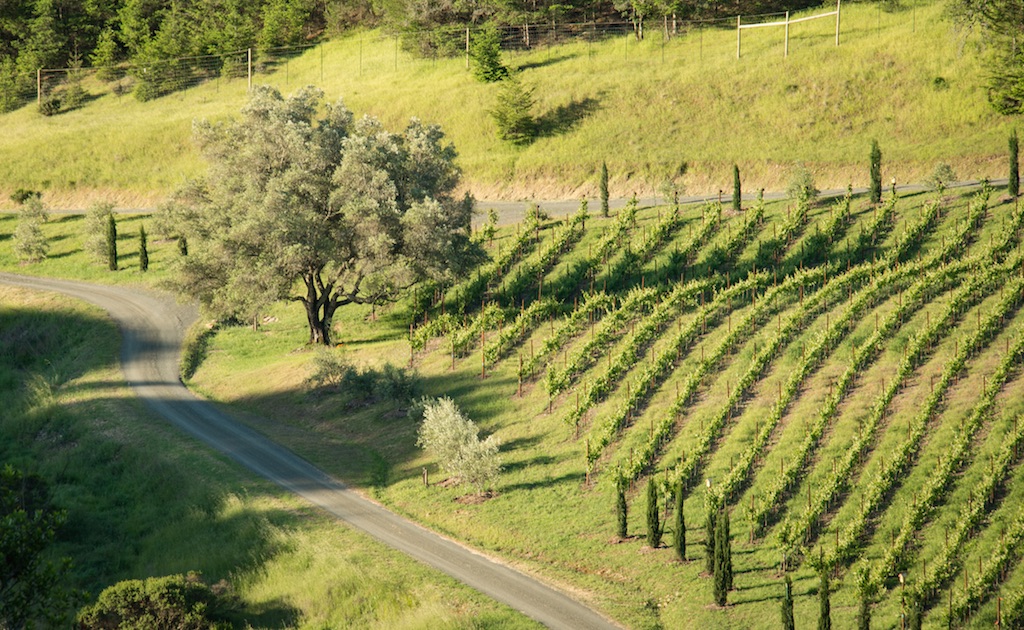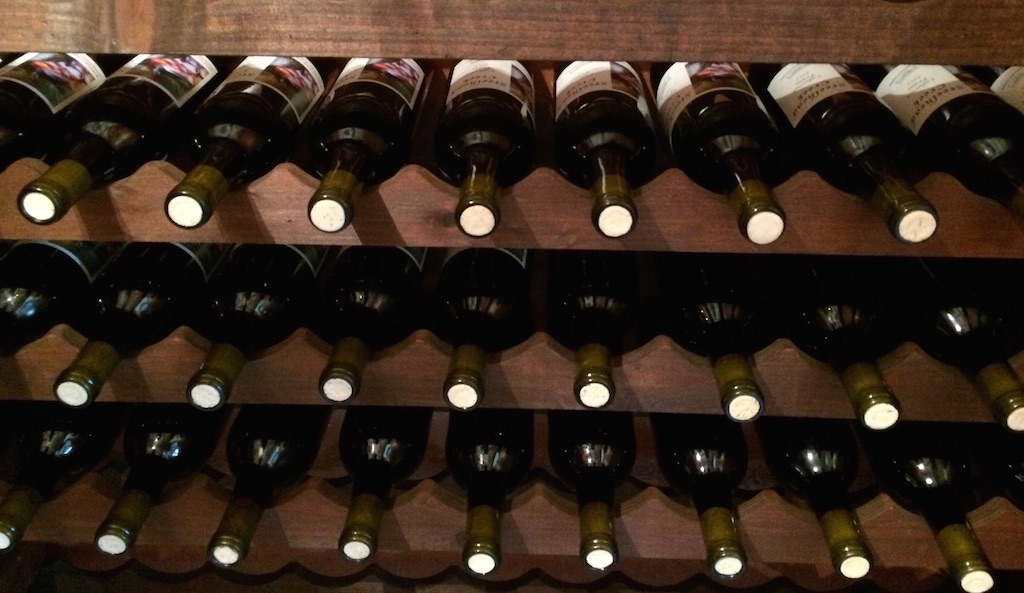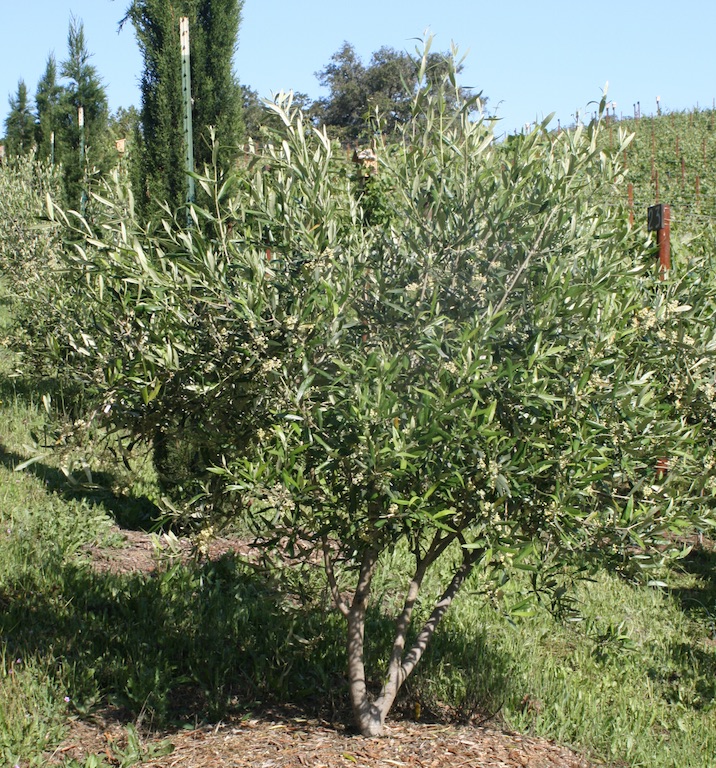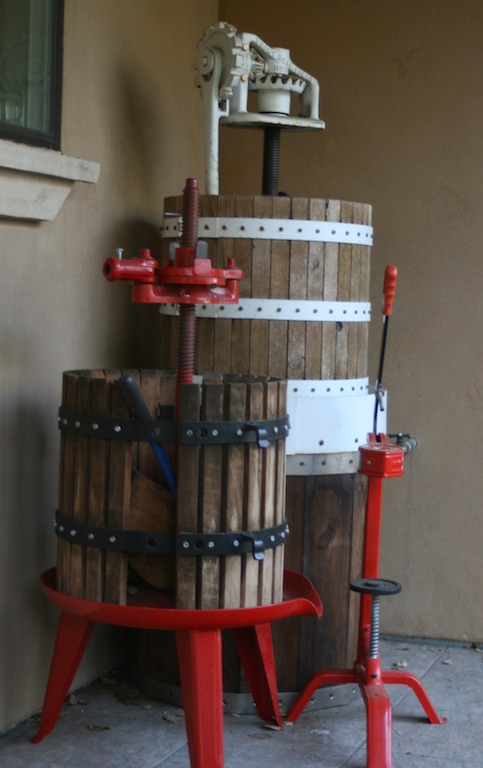Vines and olives
GREAT WINE AND GREAT FOOD.
“Wine is one of the most civilized things in the world and one of the most natural things of the world that has been brought to the greatest perfection, and it offers a greater range for enjoyment and appreciation than, possibly, any other purely sensory thing.” ― Ernest Hemingway
Grapes
Wine grapes have seeds. Grape skins give the wine its color. Wine tannins come from the skins and seeds. Grapes are never washed before crushing. Yes, there are always insects and dirt particles mixed in with the grapes when they are processed. No worries, the alchohol will take care of things naturally. Grapes are harvested when they reach a certain level of sweetness. The sugar content of the grapes is called "Brix". Most red wine grapes are harvested between 24 and 28 brix (the higher the number, the sweeter). Higher brix equals higher alchohol content. The winemaker typically decides the optimum brix needed before harvesting based on the varietal and the desired results for the wine. While it's easy to make a drinkable wine, making a good wine takes special skills, knowledge, and a little "magic". It's analogous to cooking a good meal at home vs. visiting a Michelin rated restaurant.
Vines, Italian cypresses, olives
Give credit where credit is due. The Italians created the tuscan landscape and conjure an indisputable image in most of us when asked what a vineyard would look like. Imitation is the best form of flattery. The 150+ year old olive tree (our "Grand Daddy" olive tree) is in the center stage. No one planted it, but it has stood here from a very long time ago.
Wine making process
First, comes the harvest of the grapes. Then, the de-stemming and crushing of the grapes, followed by a cold soak. There will be a primary fermentation process with required punch downs. When the primary fermentation is complete, the wine is pressed and separated from the must. The wine is then placed in a barrel (or some other vessels) for secondary fermentation. Then the wine is aged in an oak barrel until it is ready for bottling, corking, and labeling. A lot of work, but a sweet reward in the end
“I wandered lonely as a cloud That floats on high o'er vales and hills, When all at once I saw a crowd, A host, of golden daffodils; Beside the lake, beneath the trees, Fluttering and dancing in the breeze.”William Wordsworth, I Wander'd Lonely as a Cloud
